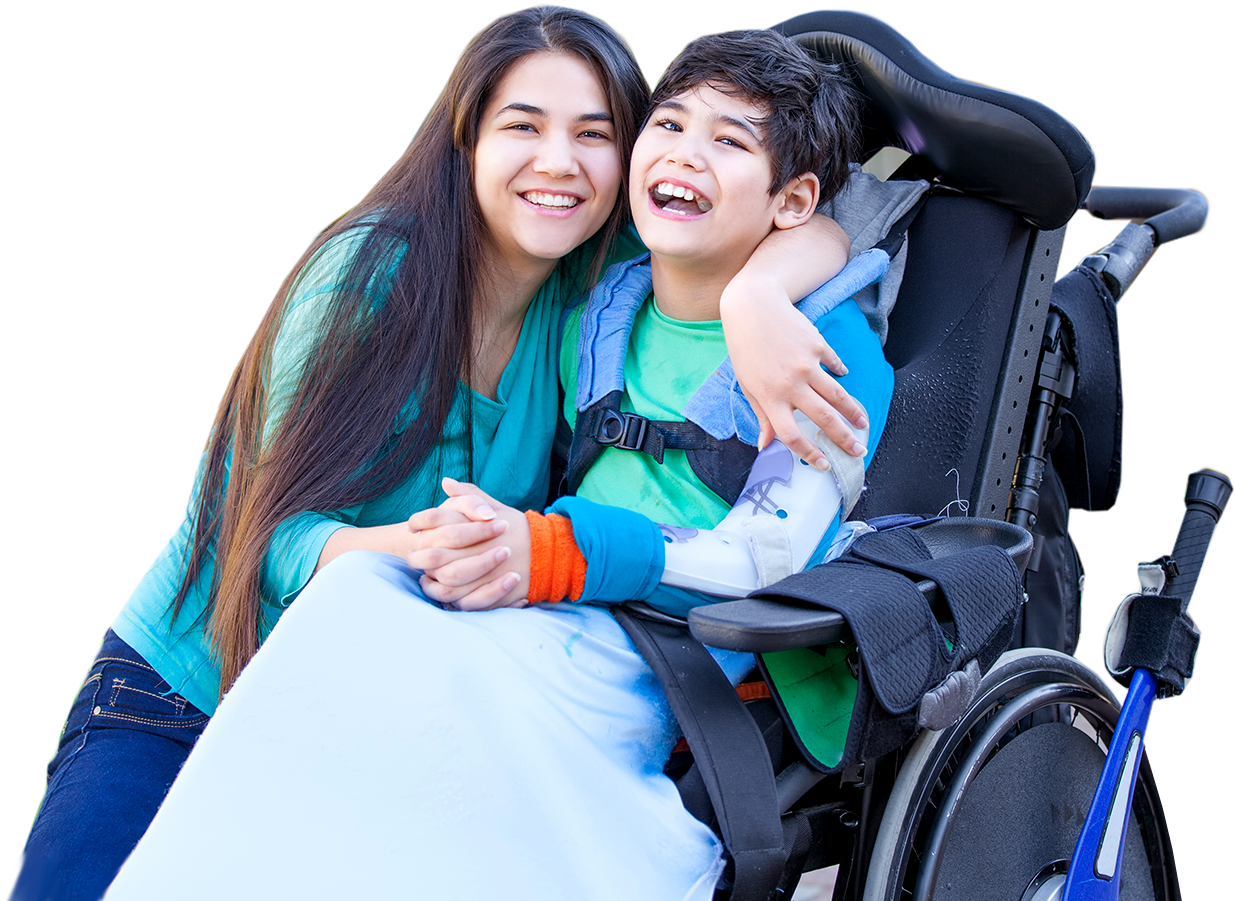Birth Injury
advice for birth injuries and what to expect

- Alternative
- Assistive Technology
- Associated Conditions
- Birth Injury
- Causes of Cerebral Palsy
- Cerebral Palsy Diagnosis
- Cerebral Palsy Information
- Cerebral Palsy Therapies
- Cerebral Palsy Treatments
- Child Development
- Doctor Visits
- Education
- Equipment
- Featured
- Legal Help
- Medical Research
- News
- Patient Care
- Prenatal Care and Childbirth
- Stories
- Tips for Parents
- Types of Cerebral Palsy
- Updates
Posts in 'Birth Injury'
Are You Born With Cerebral Palsy?
Cerebral palsy is one of the most common movement-related disorders seen in children across the globe. This disorder is often characterized by a lack of muscle tone, poor coordination and balance, the development of learning disabilities and difficulty walking. According to the Cerebral Palsy Alliance Research Foundation, as many as 0.3% of babies born in... Read More
What to Know About Legal Compensation and Claims for Cerebral Palsy
Many cerebral palsy cases have no known cause, according to the Centers for Disease Control and Prevention. However, some cases may stem from inadequate professional prenatal or neonatal care, or incidents during labor and delivery. If you suspect medical negligence caused cerebral palsy in your child, you may have a case for compensation. Read on... Read More
Cooling Therapy May Help Infants Battle Brain Damage
The emotional distress that accompanies a birth injury is incomparable. When a child is injured during birth, what should have been the most exciting day of the parents’ life instead likely resulted in feelings of fear, frustration, and sadness. It may seem like a dark future ahead, as parents struggle to readjust their plans and... Read More
Hydrocephalus as it Relates to Cerebral Palsy
By Lee Vander Loop CP Family Network Editor Hydrocephalus is a Latin word meaning “water on the brain.” About 75% of children with hydrocephalus will have some form of motor disability. This can be in the form of cerebral palsy. The best analogy I can think of to describe the relation between cerebral palsy and... Read More
Earlier Cerebral Palsy Diagnosis Improves Quality of Life
Five U.S. hospitals have now implemented international cerebral palsy diagnosis guidelines that have allowed them to reduce the average age at diagnosis from 19.5 months to 9.5 months. Most hospitals have an average age of about two years at diagnosis. The Nationwide Children’s Hospital, based in Columbus, Ohio, was the first hospital to implement the... Read More
10 Years After Lizzy’s Trial: Taking Care of Lizzy For Life—Thanks, Ken Suggs
(Looking Back and Moving Forward – continued) By: Lisa Viele The doctor’s attorney asked questions about “studies” and past testing from others and how this case compares. They were hoping for some genetic connection for what happened to Lizzy. I wasn’t impressed and this expert was weak and seemed to hurt their case. The next... Read More
10 Years After Lizzy’s Trial: Looking Back and Moving Forward
By: Lisa Viele Ten years ago we started our trial. I remember it clearly. Well, most of it. Lizzy was 5. We had moved from Sumter, SC to Myrtle Beach in 2003. My husband Damon was teaching and coaching. Same thing he did in Sumter. A brand new school opened and he was blessed to... Read More
Pediatric Stroke and Cerebral Palsy
By John Lehman Most people think strokes affect only adults, but they can also occur in children, even before birth. In fact, pediatric stroke is one of the leading causes of death in children. Children who have suffered from a pediatric stroke also have a high chance of developing cerebral palsy. Like cerebral palsy, pediatric... Read More
Placental Abruption
By Stacey Bucklin CP Family Network Editor View similar stories. Placental abruption is the separation, either partially or completely, of the placenta from the uterine wall before delivery. Although this condition is relatively rare, occurring in 1 out of every 100 pregnancies, the premature detachment of the placenta can have serious health consequences for a... Read More
Pitocin and Its Ties to Cerebral Palsy
By Stacey Bucklin CP Family Network Editor View similar stories. Pitocin is the synthetic version of a naturally occurring hormone called oxytocin that is produced by a woman’s body during labor and delivery. It is used to induce labor or to speed up (augment) natural labor. It may also be administered to help a mother... Read More
